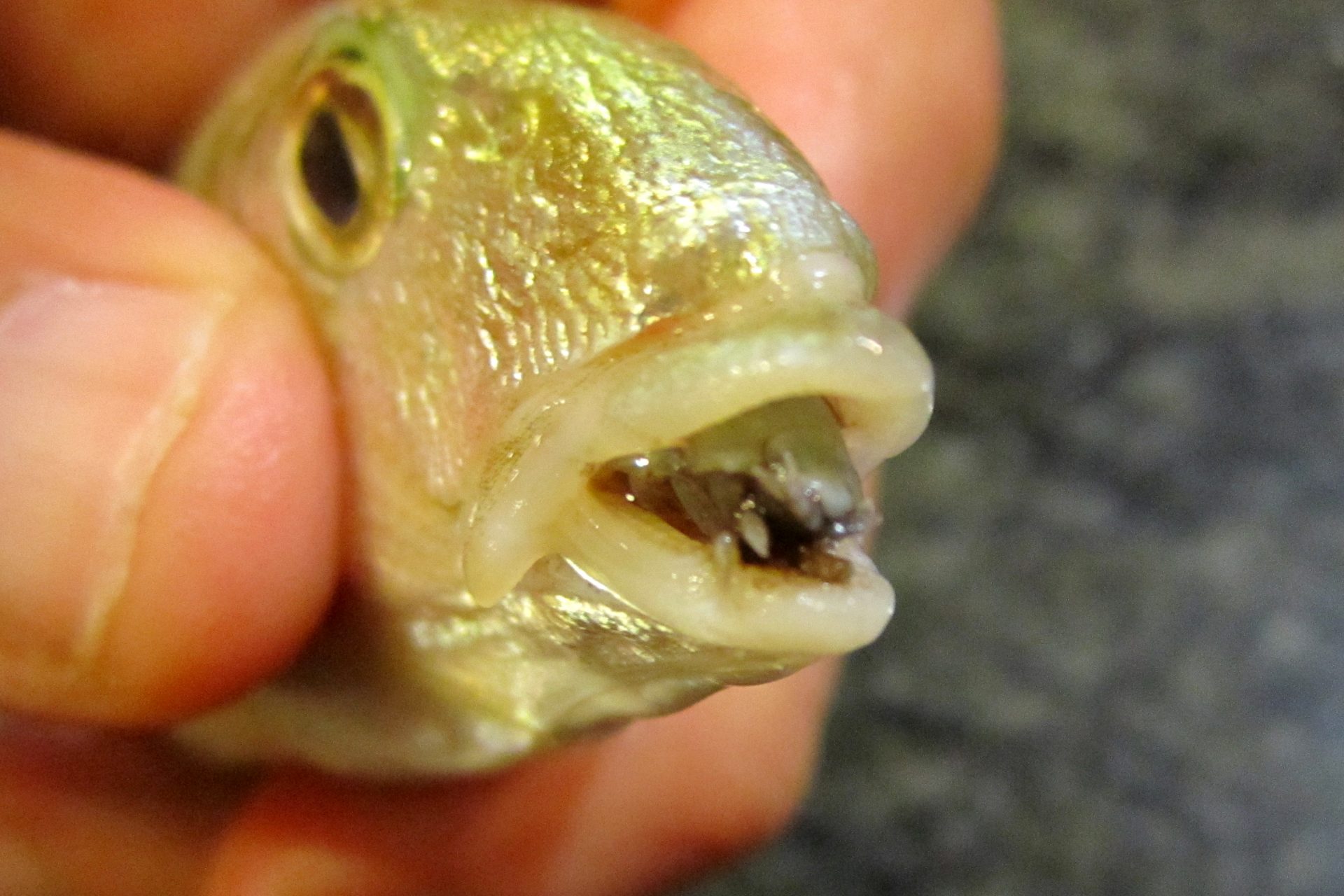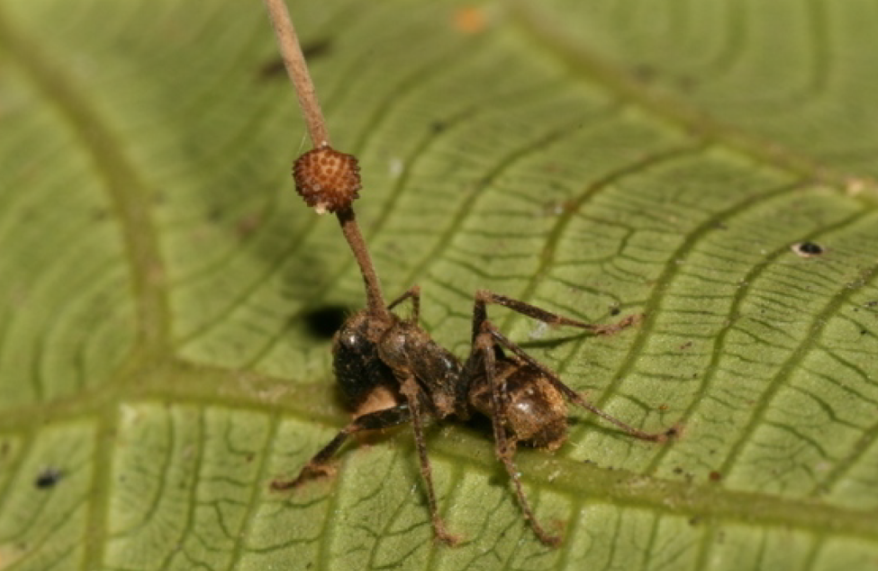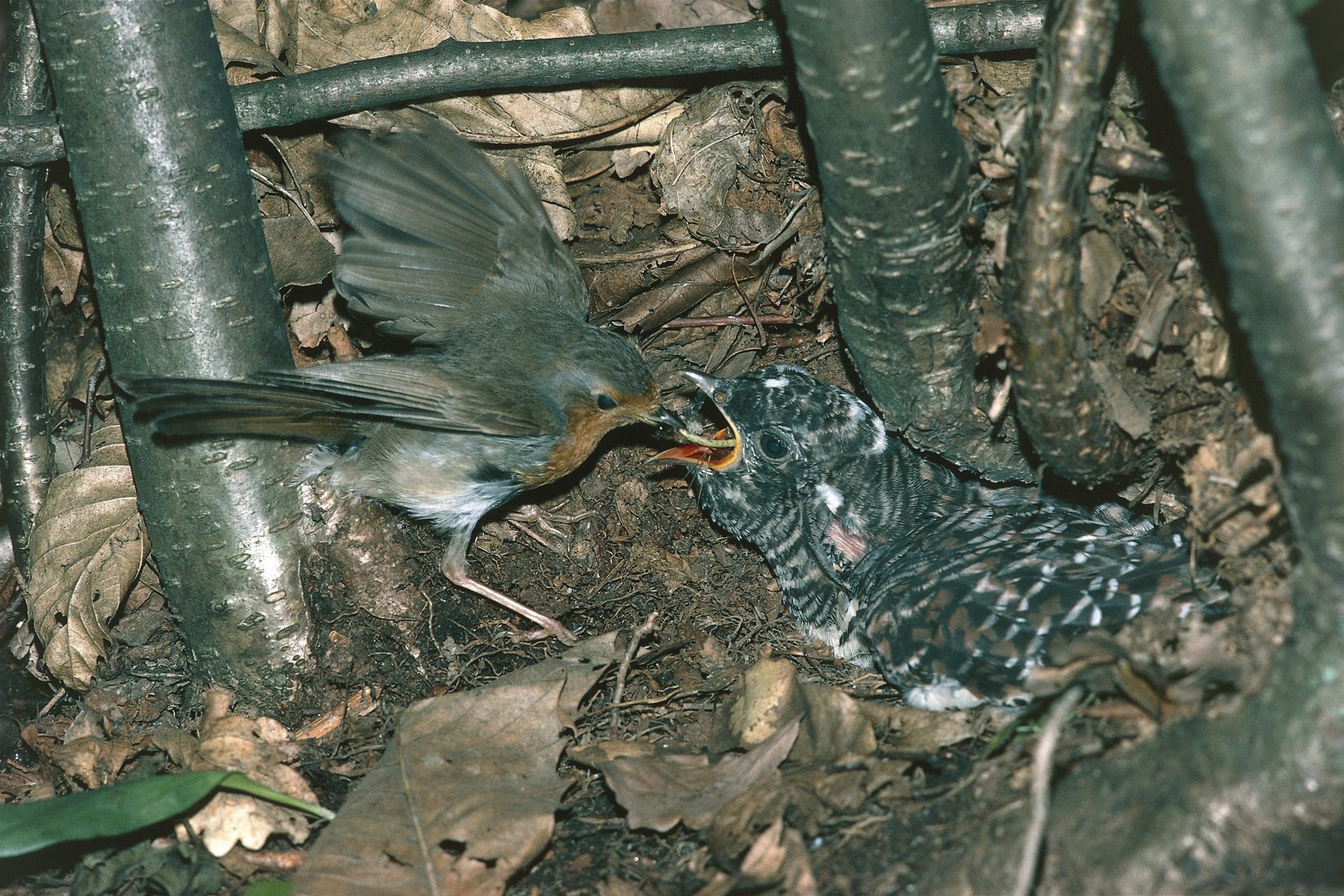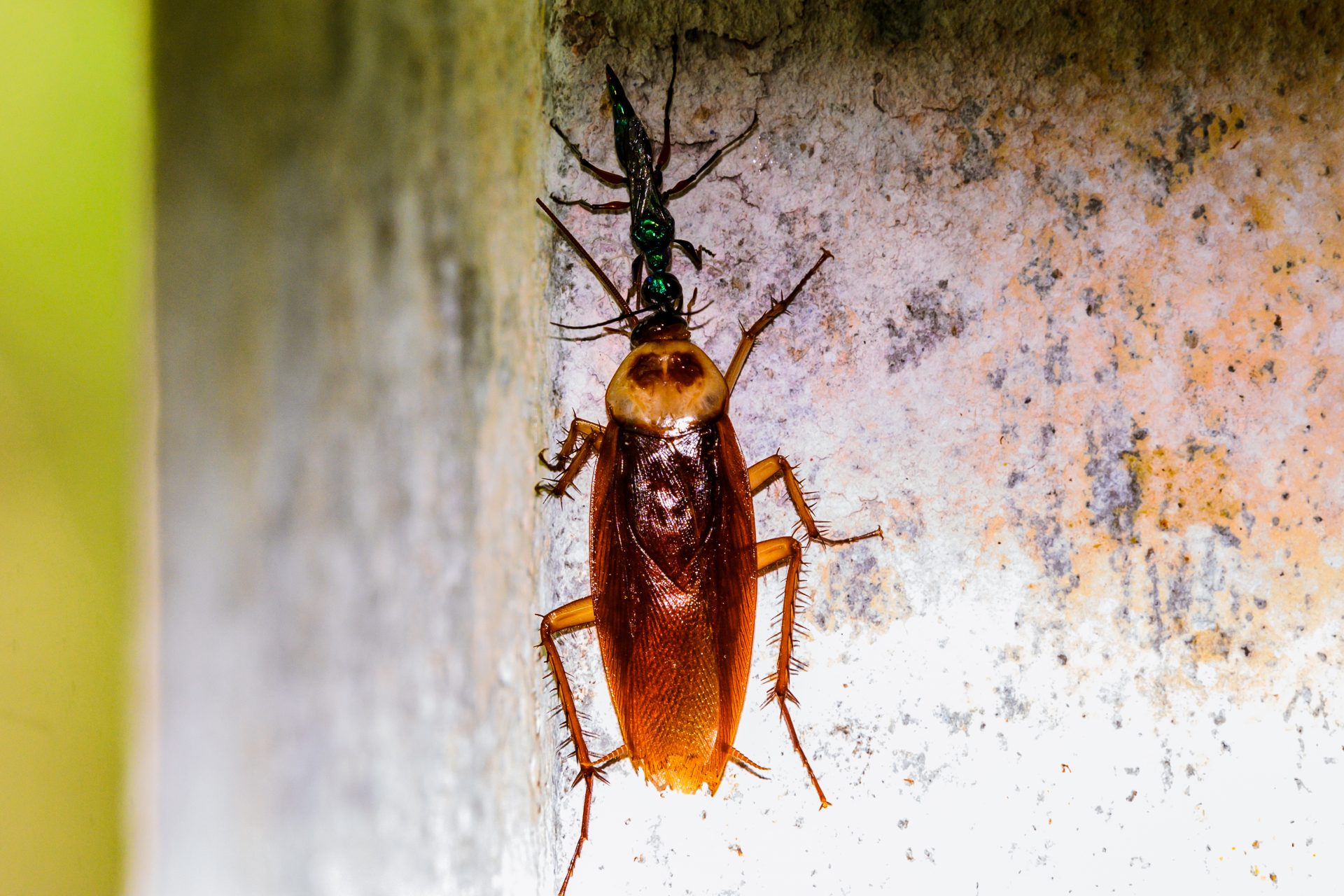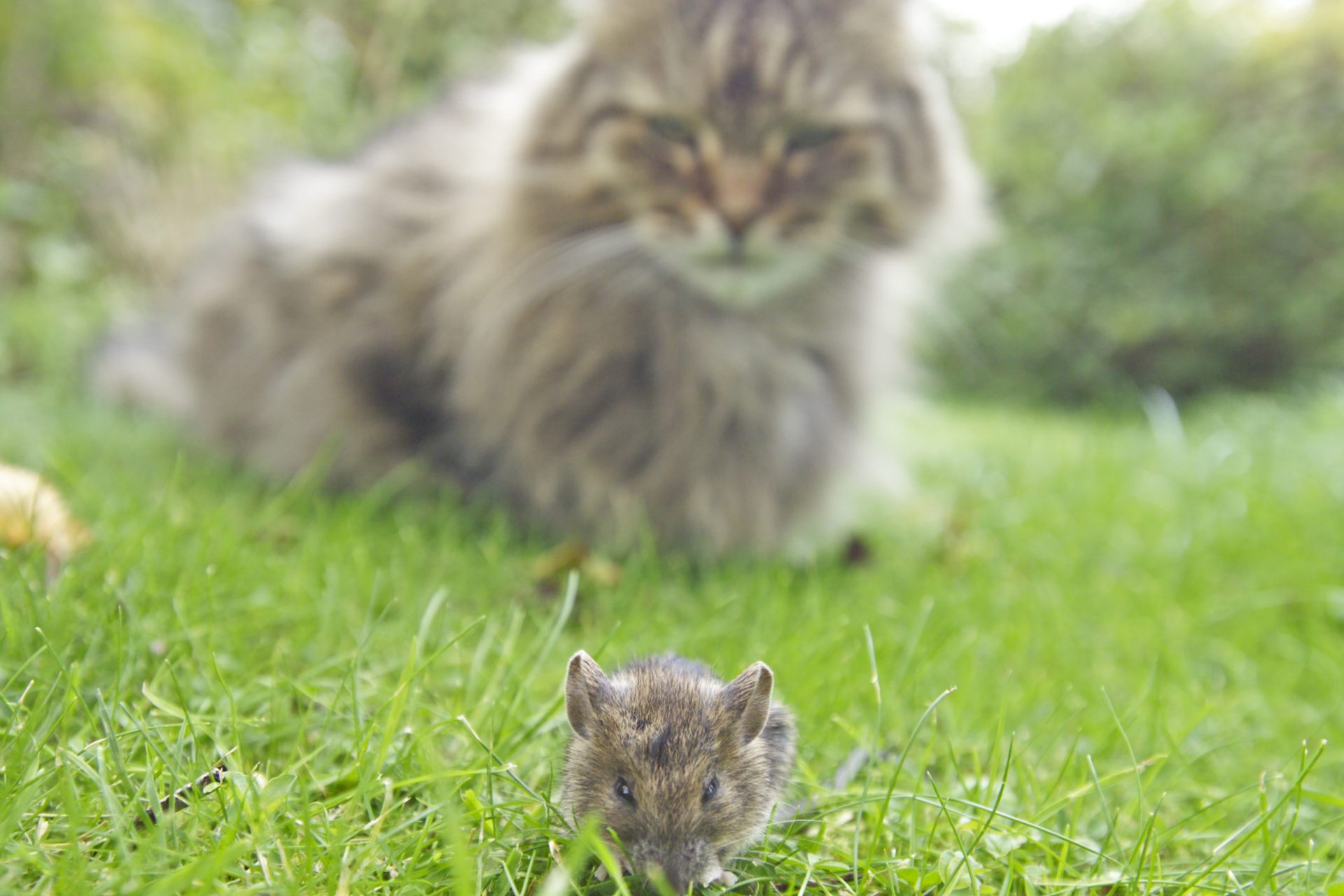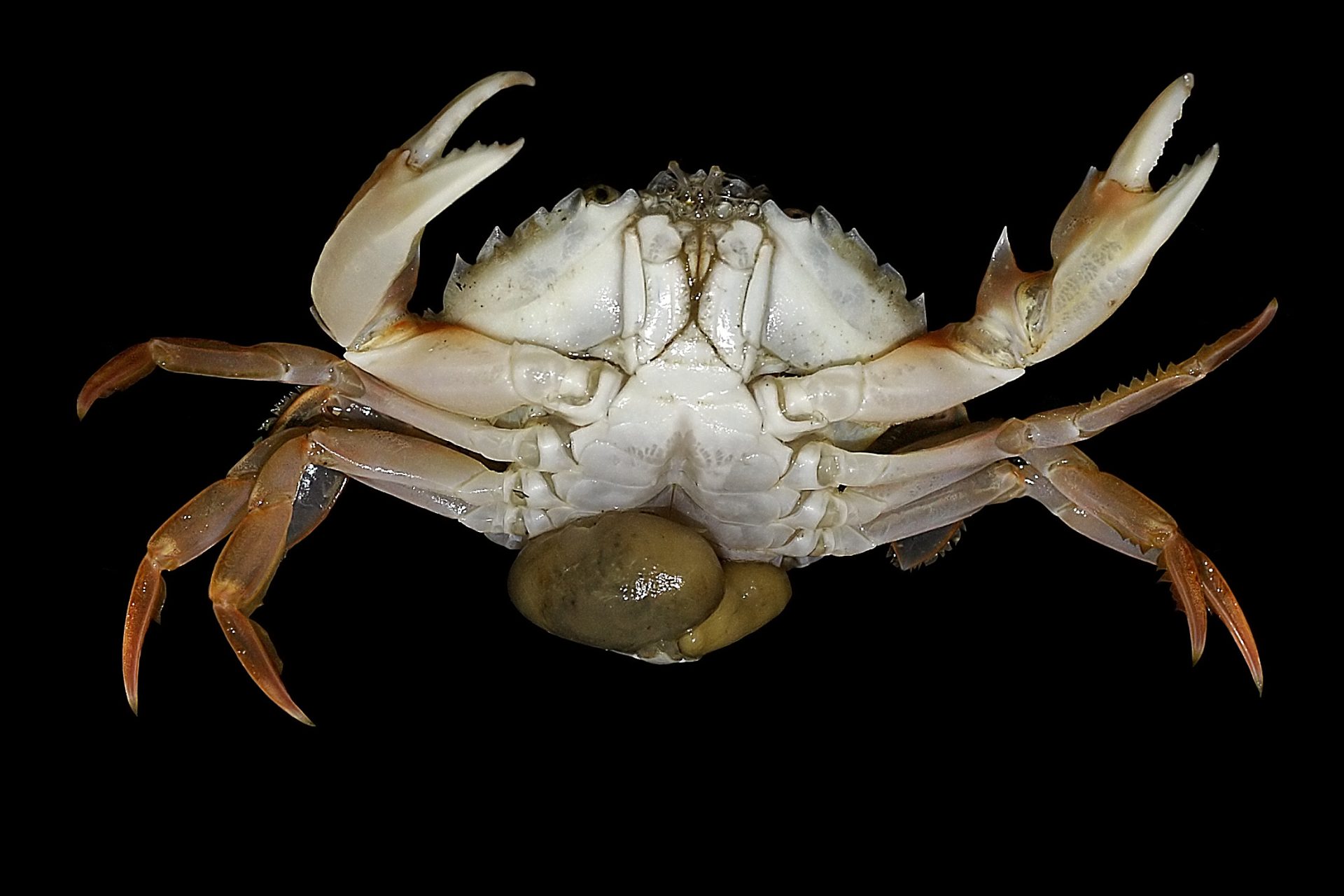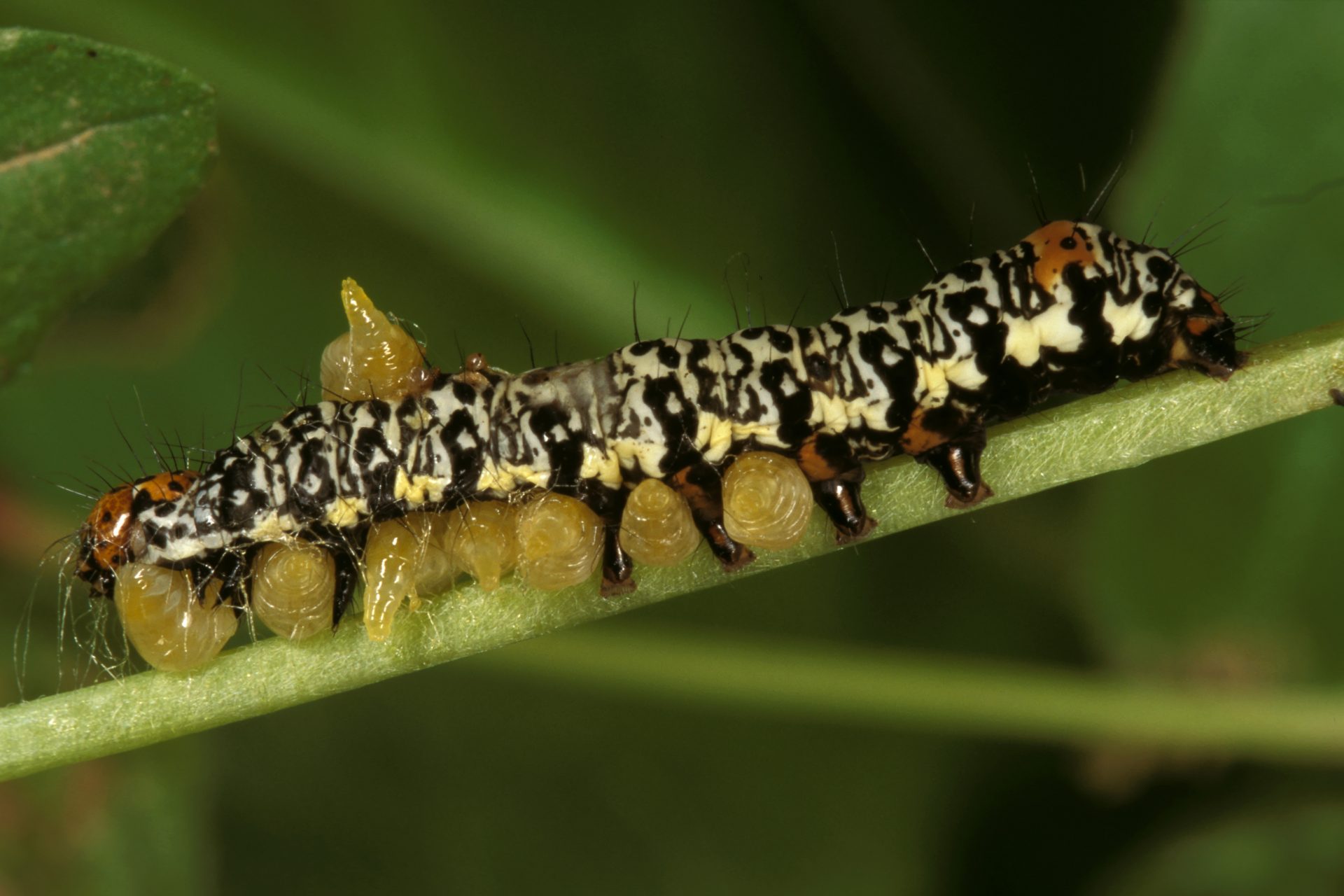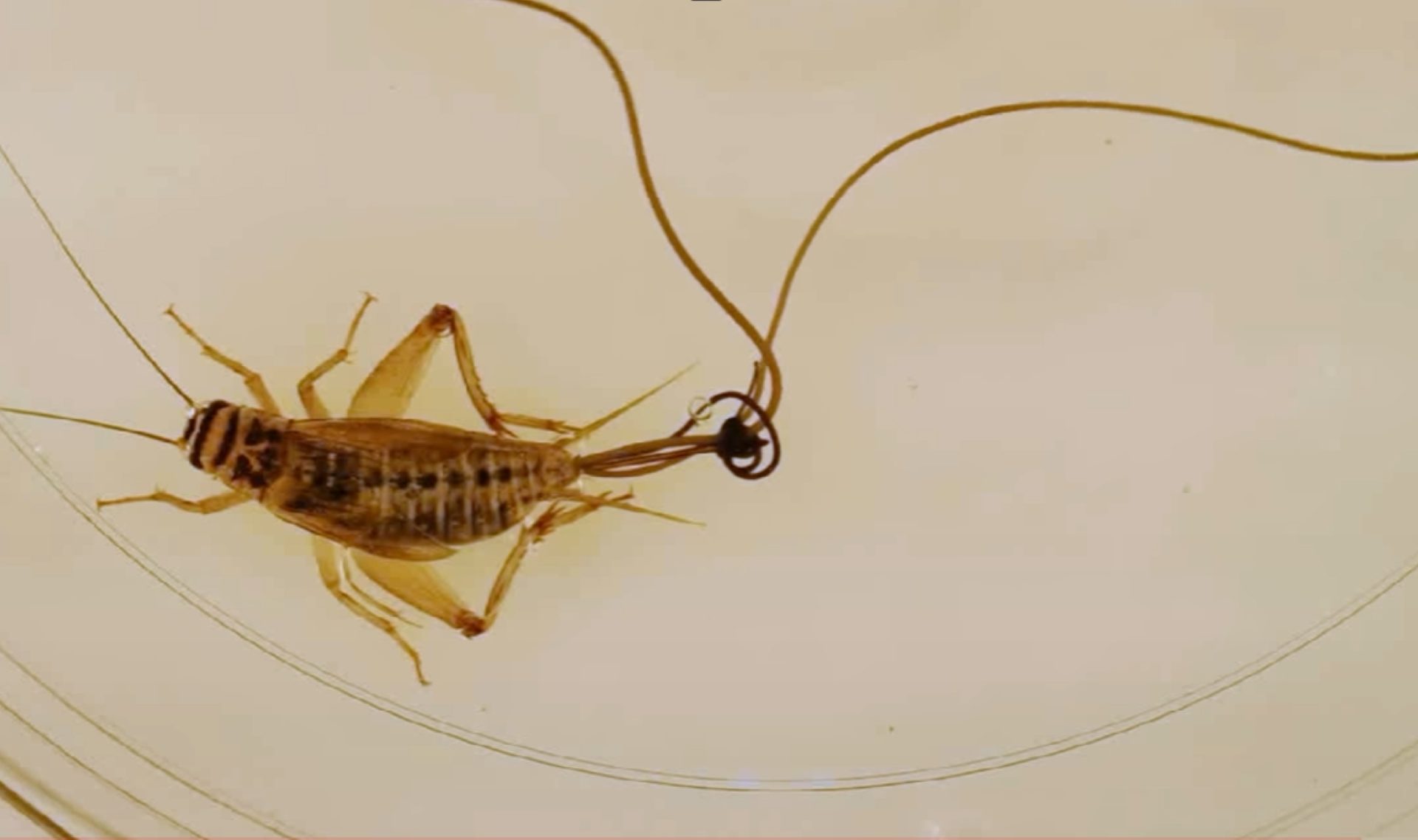Yuck! Creepy parasites you don't want to get
Ticks are common parasites that lurk on blades of grass, waiting for you to brush by. Once it gets on you or another unlucky host, it will try to find a sweet spot of skin where it can attach and begin sucking blood. If that's not bad enough, they don't just take, but they can also pass tons of different pathogens like typhus, Lyme disease, or various 'spotted fevers.' After a feed, they expand dramatically too. Ew!
Tapeworms often enter the human body through undercooked meat. Once inside the intestines, they can grow to astonishing lengths in the intestine, absorbing nutrients and potentially causing weight loss and malnutrition. Although they were once marketed as a diet supplement, they are certainly not healthy nor pleasant, especially like the 6-foot one that was recently removed from a man’s mouth. In that case, doctors pulled on it for 75 minutes to get the whole thing out!
In 2022, a woman was admitted to an Australian hospital after suffering abdominal pain, forgetfulness, and other symptoms. An MRI scan showed she needed surgery, but doctors were absolutely stunned to pull out a wriggling roundworm from her brain! This species is usually found in pythons. This was the first time it was documented in a human.
Image: BBC / Youtube
The Cymothoa exigua makes a horrifying home by replacing its host's tongue. Living inside the mouth of a fish, it feeds on blood and eventually takes the place of the fish's tongue!
Image: Marco Vinci, 2013 / Wikimedia
The larvae of the Cochliomyia hominivorax, better known as the screw-worm fly, are not for the faint of heart. After being deposited into a living mammal's wounds, these larvae start devouring healthy tissue. This not only causes severe pain but can also lead to gruesome infections or even death if untreated. Livestock and pets are especially at risk, but humans can get it too.
Image: Screwworm larva, John Kucharski, 2003 / Wikimedia
Ophiocordyceps unilateralis is not your typical fungus. It infects ants, hijacks their bodies, and forces them to climb to a high point. There, the ant meets its doom as the fungus sprouts from its head and eventually releases spores, infecting more ants. Dead ants are often found in areas termed ‘graveyards’ due to the high densities of previously infected ants.
Image: David P. Hughes, Maj-Britt Pontoppidan, March 2009 / Wikimedia
Found in warm freshwater, this deadly amoeba can enter through the nose and attack the brain. Infections are rare but usually fatal. It is found around the world, and in the summer of 2023, it killed two people in the United States. In 1978, the famous Roman Baths of Bath, England were closed after the parasite killed a girl and was detected in the thermal waters. Infection mostly occurs when someone gets water up their nose.
Dracunculus medinensis is a nasty nemesis. A person typically becomes infected by drinking water containing worm larvae. Around a year later, the worm needs to break free and makes an intensely painful blister on the skin, usually the foot. On its own, the worm crawls out over several weeks, causing disabling pain, but doctors can help encourage its exit faster, as seen here. It’s been infecting humans for at least 3,000 years.
Don't want to miss more great news and analysis? Follow us here!
Not all parasites are tiny. The cuckoo bird is notorious for laying its eggs in the nests of other birds. Once hatched, the cuckoo chick pushes out the other eggs or baby birds, ensuring it gets all the parental attention and food.
This is one of the most controversial parasites. Since the 19th century, locals of the Amazon basin told scientists that these fish can swim up your urethra or private parts, but it has never been confirmed... although two naturalists documented the fish entering a woman’s v a g i n a. There is one documented case of a candiru entering a man’s urethra while he urinated, though it's still a little unclear how that would work, or if it really happens.
Image: Jansen Zuanon and Efrem J. G. Ferreira, 2021 / Wikimedia
Loa loa, the African eye worm, is one of the most disgusting things in the world. This slender worm crawls under the skin and occasionally crosses the eyeball! Victims might feel the worm wiggling inside or even see it! People catch this disease through the bite of a deer fly or mango fly.
Image: Loa Loa worm removal, Shannon Wong, MD / Youtube
This wasp's modus operandi is the stuff of horror films. The wasp uses the cockroach as a host for its larvae, and iinjects venom directly into the cockroach's two specific spots in the brain, zombifying it to control its behaviour and dragging the victim into the den. The larva then eats the still-living cockroach from the inside out.
Toxoplasma gondii is a parasite known for its unsettling ability to manipulate the behavior of its hosts. While it can infect a variety of warm-blooded animals, its life cycle specifically revolves around cats. So, when a mouse is infected with it, mice not only lose their fear of cats but become attracted to them. Humans can also get it, often from cat feces. It can be severe in immunocompromised people, though most people show no symptoms. However, some studies suggest toxoplasmosis can increase the likelihood of engaging in risky behavior and is more common in those who get in traffic accidents.
Dirofilaria immitis, commonly known as the heartworm, is a long, thread-like worm that, as its name suggests, makes its home in the heart of its host for as long as five to seven years. Transmitted by mosquitoes, these worms infiltrate the hearts and lungs of mammals like dogs, cats, and rarely, humans. An infestation can lead to heart failure and severe lung disease.
These are no ordinary barnacles. They infiltrate crabs, grow inside them, and eventually emerge as bulbous sacs filled with eggs. The crab, thinking it's nurturing its offspring, tends to its barnacle parasite with care.
Image: Double infection of a parasitical barnacle on a male swimming crab, from the Belgian coastal waters, Hans Hillewaert, 10 November 2006 / Wikimedia
Parasitoid wasps have a life cycle straight out of a horror story. They lay their eggs inside a living host (often caterpillars or spiders), and as the larvae grow, they feed on their host, eventually leading to its demise. This macabre reproductive method inspired the chest-bursting aliens in Ridley Scott's iconic film, ‘Alien.’
This long, slender worm primarily targets insects like crickets (thank god!) Its larva is laid in rivers and gets into a mayfly larva, which eventually flies to dry land. When that mayfly gets eaten by an unlucky cricket, it slowly draws the life out of the cricket, though not entirely. In a gruesome exit, it forces the host to walk around mindlessly until it gets to water. That’s where the hairworm bursts out of its host and begins the life cycle all over again.
Image: Deep Look / YouTube
Don't want to miss more great news and analysis? Follow us here!
These annoying flying parasites are said to be the world's deadliest animals. The Barcelona Institute for Global Health says they kill more than 1 million people per year. Although it's not from their bite alone, it's because they trasmit viruses or other parasites like malaria, dengue or yellow fever.




